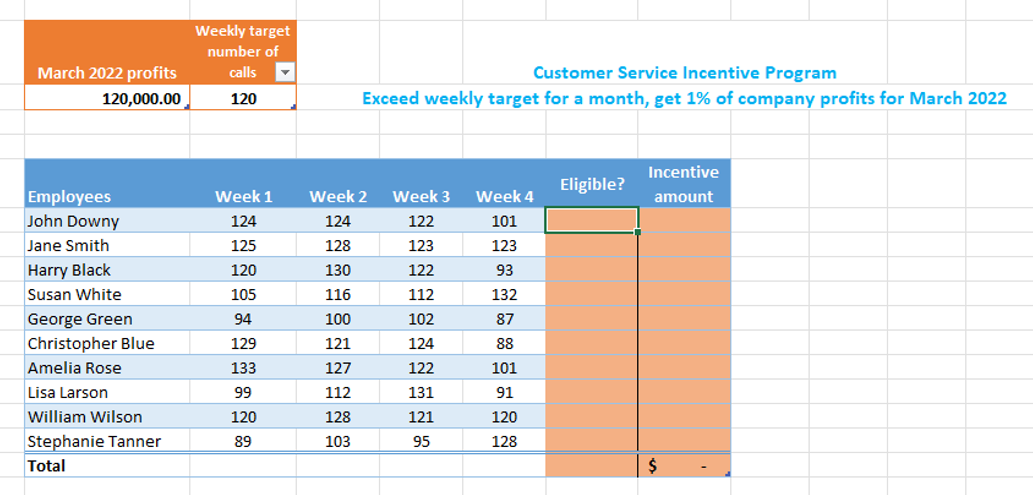How to Combine Two Columns in Excel: Concatenation Methods Explained
Combining two columns means joining text or values from one column with text or values from another column. You might combine first name and last name into a full name. You might combine street address, city, and state into a complete address. You might combine product code, product name, and product version into a complete product identifier. Excel provides multiple methods to concatenate columns, each useful in different situations.
The fundamental operation is combining strings (text). If A2 contains “John” and B2 contains “Smith”, you want to combine them into “John Smith” in column C. The combining happens in a formula that joins the values with an optional separator (in this case, a space). Excel treats this operation as string concatenation, joining text values together.
The most important concept: concatenation creates a new value that combines source values. If you later change the source (John becomes Jonathan), the combined value does not automatically update. This is different from formulas that calculate based on other cells. Concatenation is a one-time joining of values. Understanding this distinction prevents confusion.



